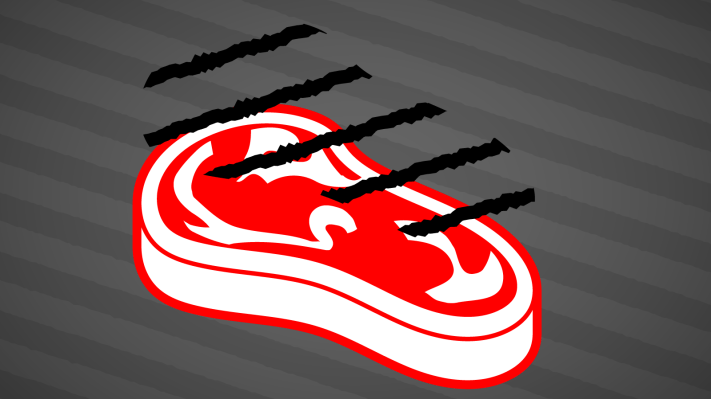Seed rounds are all about the sizzle, the exciting promise of the future if things go as dreamed. Risk is high — but the reward, if it works, is far greater. Smart people with great ideas and strong skills, whether through job background, education, coding ability or industry specific knowledge, can raise money based on their passion, vision and tenacity.
But when it comes time to raise a Series A, it’s all about the steak — what you’ve accomplished.
Raising a Series A is 80 percent about what you are and have been doing, and how that projects into the future, and 20 percent about your new ideas for the future.
If you have a tiny base, proven technology and great engagement with a vision of how that turns into something great, it’s likely folks will wait on the sidelines to see how your dreams work out. But, if you are, in the words founders and funders alike want to hear, “killing it,” with a plan to continue to do so and make it even better, there are plenty of people eager to hear the story.
The challenge many entrepreneurs don’t fully acknowledge is that it’s extraordinarily hard to sell sizzle twice. This usually takes the form of what I call the second seed, or. more commonly. “seed extension.”
I am not referring to rounds where an insider greedily (in the non-pejorative Gordon Gecko sense) doubles down on their winner to give those already high-flying startups more lift to garner a higher valuation on the eventual Series A.
It’s extraordinarily hard to sell sizzle twice.
I am referring to the second seeds that are shopped around and often ultimately done by insiders out of necessity instead of choice, or are sometimes by optimistic new arrivals. It’s when you’ve exhausted your seed money, or are about to, and haven’t proven your thesis and you try to raise some more money to “extend your runway.” Although this very occasionally succeeds, most of the time the runway being extended is for a plane that cannot fly.
There are always exceptions that prove any rule, and the ones you are likely thinking of right now are what my friend Mike Maples calls the “forward fumble.” Where a company seeking one result stumbles across another far more exciting one and seeks to raise a bit more money to push forward on that new path.
Chegg started as a bulletin board for college students, but discovered the most active part of the business was textbook rentals. Twitter is likely the most famous forward fumble of all time, having failed in one effort but discovering something much more exciting along the way.
But even in these instances, the founders were still able to move from sizzle to steak by showing something exciting in their discoveries that resonated with users and investors for what they were doing at the time and how they could see it evolving.
You get funded in seed because you were smart and had a great idea, but you’ll go on getting funded when those smarts and ideas translate into evidence of success investors can plainly see.
